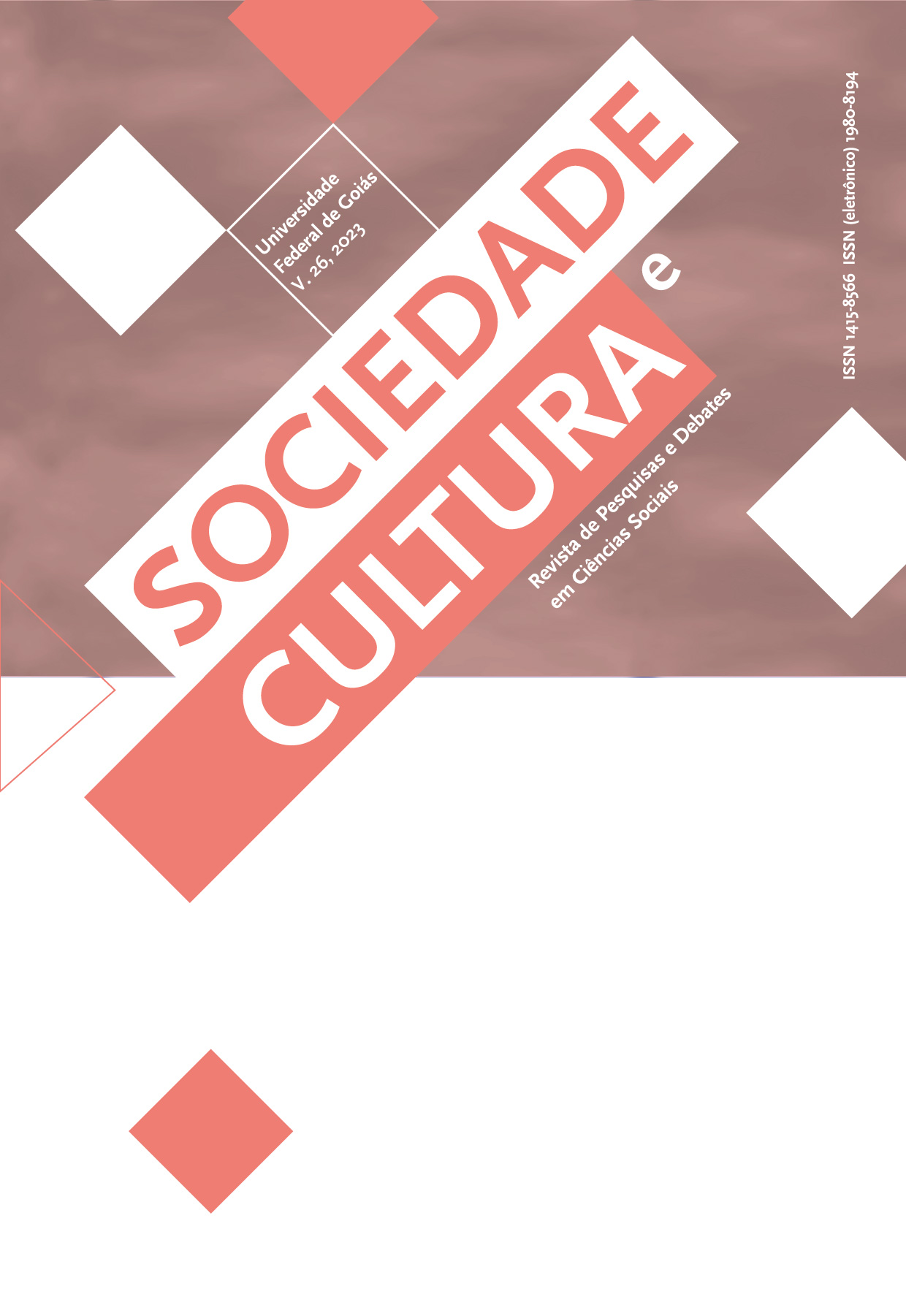O que deixar por dizer quer dizer: o segredo na prática da pintura
DOI:
https://doi.org/10.5216/sec.v26.73317Resumo
Partindo de uma pesquisa etnográfica junto de um atelier de pintura que decorre numa instituição de apoio social e psiquiátrico, propõe-se uma reflexão sociológica em torno da noção de segredo. Sob orientação das sociologias pragmatistas e fenomenológicas, e enfocando o caso de um pintor abstrato, Bonifácio, entende-se o segredo como forma de sociação e experiência situada e relacional. Do estudo que se segue, perceber-se-á como a formação e manutenção do segredo assenta na relação que o pintor estabelece com as suas telas, abrindo para modalidades de subjetivação capacitantes que escasseiam na instituição. De um lado, o segredo é desencadeado pela relação de responsabilidade moral mantida entre o artista e a obra, desenhando-se assim um espaço de interioridade subjetiva, por outro lado, a tela é passível de usos táticos por parte do pintor, gerando um espaço intercalar que lhe permite acomodar a sua singularidade nas sociabilidades estabelecidas.
Downloads
Downloads
Publicado
Como Citar
Edição
Seção
Licença
Copyright (c) 2023 Sociedade e Cultura

Este trabalho está licenciado sob uma licença Creative Commons Attribution 4.0 International License.
Autores/as que publicam nesta revista concordam com os seguintes termos:
- Autores/as mantêm os direitos autorais e concedem à revista o direito de primeira publicação, sendo o trabalho simultaneamente licenciado sob a Creative Commons Attribution License, o que permite o compartilhamento do trabalho com reconhecimento de autoria e da publicação inicial nesta revista.
- Autores/as têm autorização para assumir contratos adicionais separadamente, para distribuição não exclusiva da versão do trabalho publicada nesta revista (ex.: publicar em repositório institucional ou como capítulo de livro), com reconhecimento de autoria e da publicação inicial nesta revista.
- Autores/as têm permissão e são estimulados/as a publicar e a distribuir seu trabalho online (ex.: em repositórios institucionais ou na sua página pessoal) a qualquer ponto antes ou durante o processo editorial, já que isso pode gerar alterações produtivas, bem como aumentar o impacto e a citação do trabalho publicado (veja O Efeito do Acesso Livre).


 Esta revista está licenciada sob a licença
Esta revista está licenciada sob a licença 
